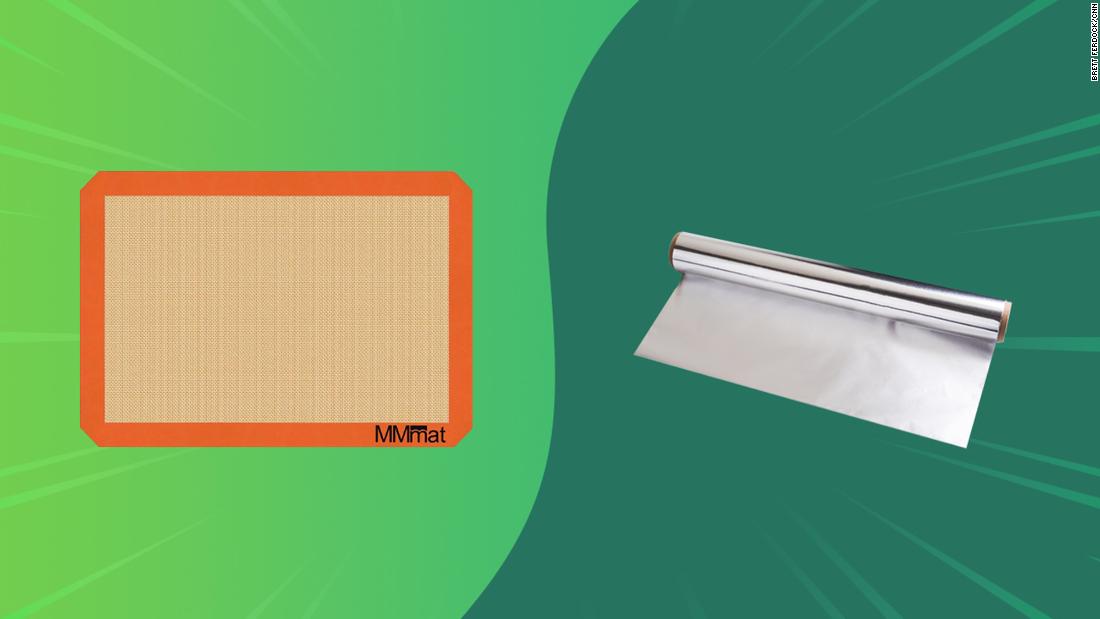The Lord of The Rings: Duel for Middle-Earth Board Game Review
Though you may want to pass if you already own 7 Wonders: Duel, The Lord of the Rings: Duel for Middle-Earth offers an exciting and varied new take on the original game, while still being accessible for newcomers.


Once upon a time there was a hugely popular card-drafting game called 7 Wonders. But drafting, where you pick a card to keep and pass the rest on, is pretty boring with two players, seeing as you know exactly what you’re going to be given on each pass. So, eventually, the game got a spin-off for two players only called 7 Wonders Duel which cleverly mimicked a draft by giving players a mixture of face-up and face-down cards to choose from. That was also hugely popular: indeed popular enough that it’s now received a shiny new Tolkien reskin in the form of Lord of the Rings: Duel for Middle-Earth (see it at Amazon).
What’s in the Box

Since this is essentially a card game, that’s the majority of the box contents. Fortunately they’re great cards, vibrant with evocative Middle-earth art. Some of the art actually joins together to make panoramas – although it’s unlikely you’ll manage to collect a set during play. Cards have a colored top bar to indicate what type they are, and most also have several symbols indicating both what that card can do for you, and the prerequisites for acquiring it. Players new to this version might be more interested in the other components, which are used for tracking the game state. There’s a mini-map of Middle-earth onto which you place delightfully tiny wooden army and castle pieces. Another lovely touch is the hunt for the ring track, over which you place a plastic slider with the hobbits at one end and a movable plastic ringwraith at the other. This ensures the hobbits can inch closer to their objective at Mount Doom, the wraith can inch closer to the hobbits, but the hobbits can never get further away from the wraith. The remaining pieces are punchable cardboard. There are several stacks of shields, one for each of the neutral factions of Middle-earth that the players hope to ally with, featuring icons on the reverse to indicate the reward for doing so, and lots of gold coins. Finally there’s a tile for each region on the board indicating what fortress you can build there, what it costs, and what you gain for doing so.
Rules and How it Plays

7 Wonders: Duel simulated drafting for two by having each of its three rounds set out a pattern of cards in which a row of face-up cards overlapped a row of face-down cards. That same layout is replicated here exactly, except rather than competing civilizations, one of you is the dark lord Sauron and the other represents the free people of Middle-earth. You can’t pick a card – or flip it, if it’s face-down – until the cards beneath it in the pyramid have been cleared. This makes your choice of which card to take each turn difficult and tense, because you want to try and minimize the options available to your opponent while also maximising your own further down the line.
This card pyramid isn’t the only thing that Lord of the Rings: Duel for Middle-Earth retains from its predecessor. Indeed, pretty much the entire game flow will be familiar to veterans of that game. Most early cards are free, so you can pick them up and add them to your growing tableau. But as the game progresses, more powerful cards will either require you to have particular skill icons or prerequisite symbols from cards you already own in order to take them. If you can’t afford anything, you can use gold to make up the shortfall of matching symbols or discard a card for gold instead.
You are thus quickly caught into a dilemma as to whether to specialize in certain sets of skills, which will make it easier to get similar cards, or play as more of a generalist. There’s no right answer to this: it depends on what cards you get and in what order, and learning when to break one way or the other is a key tactical skill that comes with experience. Either way, this makes flipping face-down cards surprisingly exciting because there can be a lot riding on it if it’s the next key part in the specialist chain that you’re building. There’s nothing worse than suddenly finding you’ve handed the opportunity to pick-up a critical card to your opponent because grabbing something else you wanted revealed it.
In addition to cards that grow your tableau economy, there are also cards that move you forward on victory conditions. These are where Lord of the Rings: Duel for Middle-earth makes clear water between itself and its predecessor. Ring symbols let you advance on the quest for the ring track. If either side reaches the end of its track, it’s an instant win, with identical bonuses to be had along the way. Green cards represent an alliance with another faction such as Elves or Ents: six different such symbols and you win, while duplicates get you a bonus token from a stack specific to each faction. Finally, red cards let you place armies on the map of Middle-Earth, kicking out rivals on a one-to-one basis. If you conquer all seven regions you win, otherwise the player with the most regions when the card stack runs out takes the victory.
Each victory condition is cleverly designed to close in on its apex during the third round of play. You are pretty much guaranteed to be within touching distance of one, if not two, by then and play becomes a matter not only of trying to inch yourself over the line but selecting cards that prevent your opponent from doing the same. This ensures that play builds towards a truly thrilling climax almost every time, lending the game an epic feel that belies its relative simplicity and snappy half-hour play time.
However, after a few plays it’s hard not to wonder how much of this comes down to skill, and how much of it is luck. As mentioned previously, revealing a card that either you, or your opponent, need, can be absolutely critical to which way the victory breaks and there’s very little you can do about it. The decisions you make along the way certainly matter, but the game is engineered to be close because whatever you don’t have the opportunity to get, your enemy will. You thus pay for that crescendo of excitement with the seeds of doubt about how much your efforts influenced the final outcome. In fairness, it is difficult to design really dramatic games that don’t involve a lot of random moments, and this one hides it fairly well.
One other secret weapon the game has in this regard is its other major new feature: fortresses. At any given time there are three fortress tiles available of the full seven, one for each space on the map. They all cost large amounts of skill symbols and gold, but come with benefits to match. Not only do these rewards tie in with the central game mechanics, such as free ring track spaces if you gain the tower of Minas Tirith in Gondor, but they allow you to place a fortress piece in the matching space, which acts as an undefeatable army there. Fortresses are thus huge pivots in winning over map spaces. At the same time, buying a tile is the only way you can delay taking a card and thus potentially force your opponent into taking one that flips those critical unrevealed cards instead.
For all the vibrant card art and name-checking of key places and people in Middle-earth, the game doesn't end up feeling like an evocation of Tolkien’s trilogy. Grabbing ring cards is no substitute for the long, desperate chase depicted in the books and there’s no real matchup between allying factions and the rewards they offer. Worse, the game often feels counter-thematic. There’s nothing to stop Sauron allying with his most implacable foes, the Elves, and the armies of the free peoples often end up conquering the shadow realm of Mordor and buying its fortress of Barad-Dur. These outcomes would have been unthinkable in the carefully constructed legendarium, but they’re so common here it makes light of Tolkein’s vast imaginative effort.
Where to Buy
See More Lord of the Rings Board Games:
What's Your Reaction?
























































































































.gif)